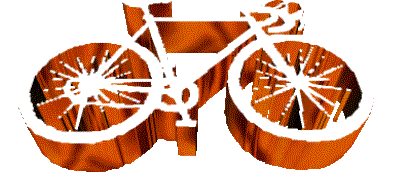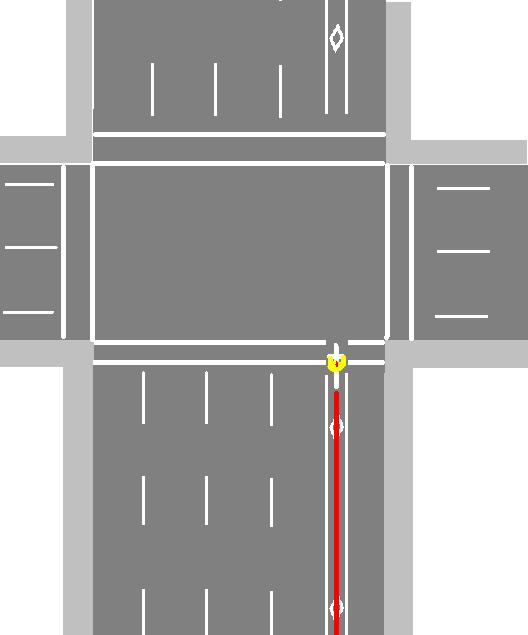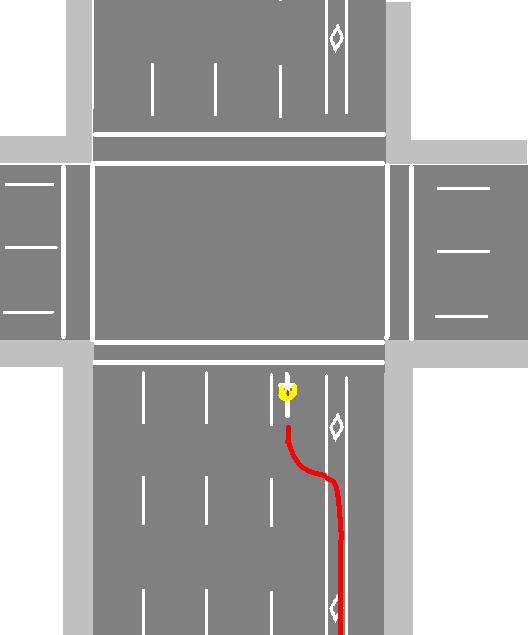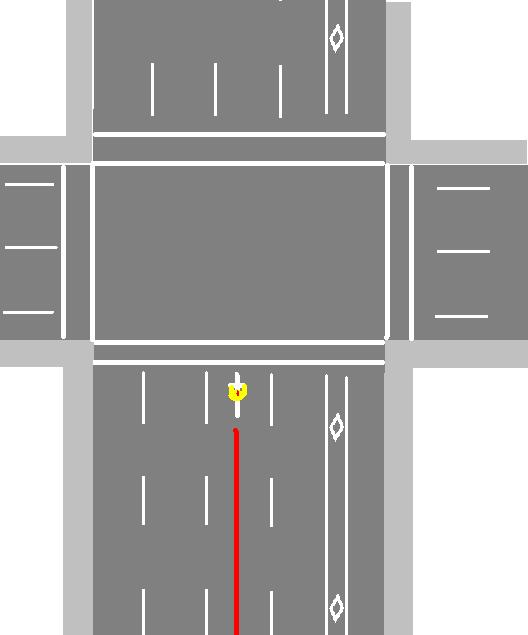
Safety and Lane Travel
If you are going to commute to work in a metropolitan area, you need to be serious about it. Watch the news and you will see it is a deadly game. Defensive riding is an understatement of what you need to do. Portland has one of the highest per capita riding populations in the US, and probably one of the highest accident/death rates, also. Over the coming months I am going to try to dig up some stats on that to lend it some credence. But in the mean time, I would like to voice my opinion on how to ride to save your life.
First I need to say that some of my tips are for serious riders only. Those that commute and have speed and power. I am not a racer by any stretch, but on a 20-30 mile ride on a commute I average about 16 mile and hour. In downtown I keep up with traffic (even on moderate hills). Therefore, some of the things I suggest I do assume you have the power to do.
Lane Travel
There are no definitive rules that will keep you alive out there. But there are some generally accepted items that can help make your ride safer; not all of these are spelled out on the pavement.
I use bike lanes, stay on the left hand side of the lane (for the most part) and ride single file (I have ridden with groups where they do not and end up not making a lot of friends when I tell them to get in line). But I have to say that sometimes these rules do not apply well—except for the single file rule. As of yet I have not found a place where it is safer to ride two abreast.
First and foremost, be seen. Clothing is only part of this. You need to be in a place where a driver can see you. Part of this is the "claim your lane" – be in the lane instead of on the right hand side of it – and also being outside of any vehicle's blind spot. This is not always the blind spot behind the driver, it can also be their right front side where you can be obscured by the roof post, mistaken for a pedestrian on the sidewalk, or for a big vehicle hidden by the fenders.
So here are some rules I follow while riding in town on my commute. (By the way I do not follow all of these when touring, the last one I normally do not have the power for when lugging 80 pounds of gear):
|
|
|
|
When I approach a stop light and I stop with at least one tire in the cross walk. Yes, this annoys some pedestrians and is probably against the law, but the vehicle that comes up behind me has a better chance of seeing me. Still, the problem is that a driver trying to make a free right turn is looking to their left for on coming traffic and NOT at that bicyclist on the right. This leaves you pretty open to getting hit. |

|
|
|
|
|
Better yet, I to pull into the lane prior to reaching the stop light. When I do this I leave enough room for a car (or truck if there is a lot of shoulder) to make a free right on my right. This way the driver sees me on his side of the car, not part of me obscured on the right side of his car (if he bothers to look). This does take some planning and cooperative traffic. Here, you will find your rear view mirror comes in very handy. As you come up on the intersection, signal and pull into traffic. It should be going slow for a light and this is often very achievable. |

|
|
|
|
|
If I am on a one-way street in downtown (where I can keep up with traffic) I ride in the lane or if possible in the center lane of a three lane street. The best example is my daily trek up Third Ave in Portland. This keeps me away from the vehicles turning into garages or right on "whatever" street and busses stopping nearly every block. I have found that on many downtown streets (Seattle, Portland and Vancouver) the center lane is often the least used by vehicles. The reason is that most people are not going "through" but are instead turning right or left to get to a side street or a garage. Obviously this will not work well on an arterial.
|

|
|
|
|
Accoutrement
The next most i,portqant thing is what you wear.